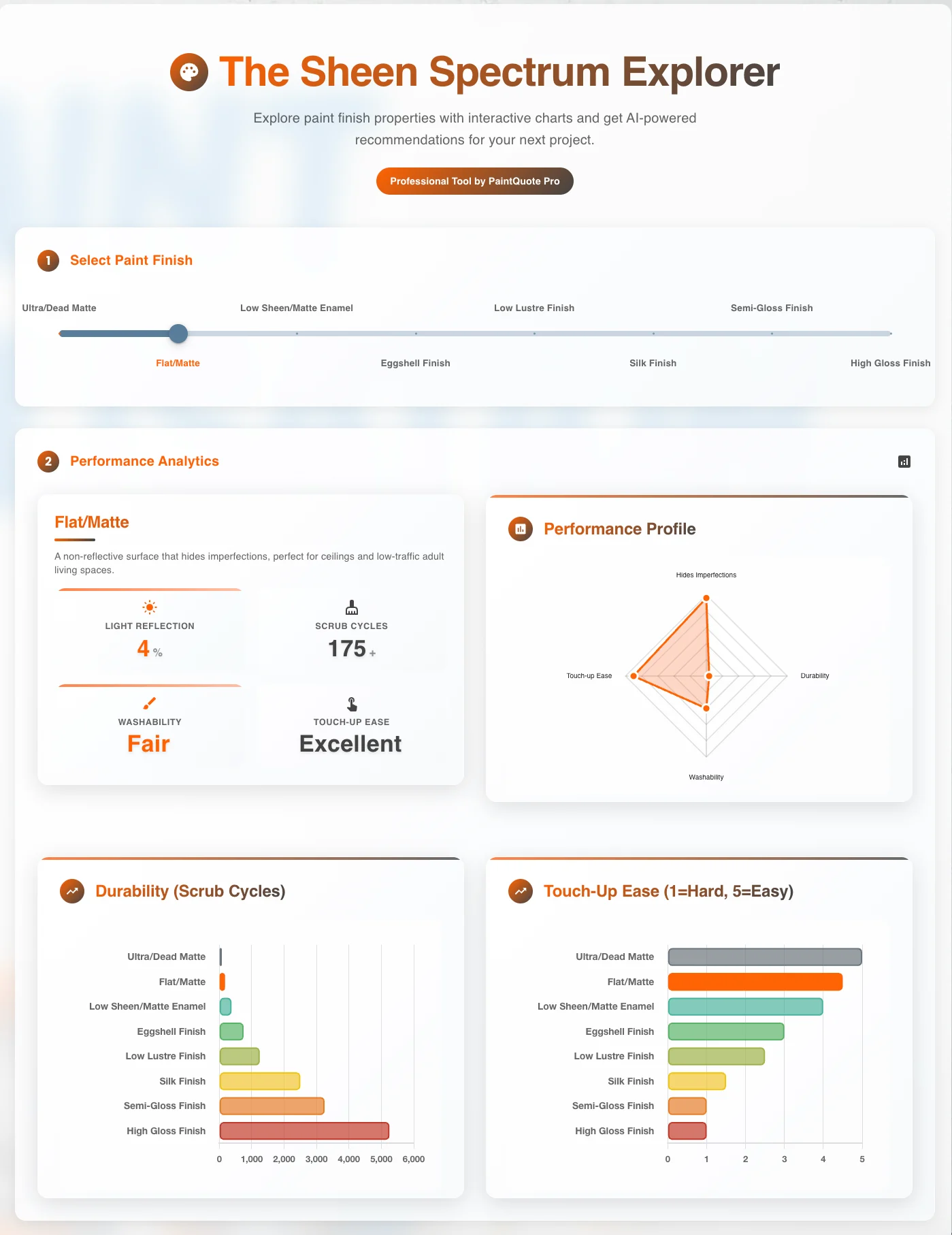
A Professional's Guide to Paint Finishes: Using Data to Select the Perfect Sheen
Matthew Rogers
June 18, 2025
6 min read
0:00 / 7:16
A Professional's Guide to Paint Finishes
Choosing the right paint finish is a critical decision that impacts a project's aesthetics, durability, and long-term maintenance. [5] For professional painters, making an informed recommendation is key to client satisfaction. This guide moves beyond simple descriptions, focusing on the technical performance data—scrub resistance, Light Reflectance Value (LRV), and washability—that empowers you to make data-driven decisions and clearly communicate the value of your choices to clients.
Why Performance Data Matters More Than Ever
Today's clients are more informed and expect to understand the reasoning behind your recommendations. [2] Simply suggesting 'satin for the hallway' is no longer enough. By explaining the 'why'—backed by concrete data—you elevate the conversation and build trust. Having concrete performance metrics transforms these conversations. Instead of giving general explanations, you can show them exactly how different finishes perform in terms of durability, cleanability, and appearance. [2] This builds confidence in your expertise and helps clients make decisions faster.
Key Performance Metrics for Paint Finishes
Understanding the technical specifications of paint sheens allows you to select the optimal finish for any application. [5]
1. Durability and Scrub Resistance (ASTM D2486)
Scrub resistance is a measure of a paint's ability to withstand repeated cleaning before the film wears away. [3, 4] This is arguably the most important metric for high-traffic areas. The industry standard test, ASTM D2486, involves scrubbing a painted surface with an abrasive brush until the paint fails. [3, 4] A higher number of 'scrub cycles' indicates greater durability. [4] For example, high-quality paints may be rated for over 1,400 cycles, making them ideal for demanding environments. [1]
- High-Gloss & Semi-Gloss: These are the most durable finishes, often withstanding thousands of scrub cycles, making them perfect for kitchens, bathrooms, trim, and doors. [3]
- Satin & Eggshell: Offer a good balance of durability and lower sheen, suitable for most living areas and hallways. [5]
- Flat/Matte: Have the lowest scrub resistance and are best for low-traffic areas like ceilings and formal living rooms. [2]
2. Light Reflectance Value (LRV)
LRV measures the percentage of light a paint color reflects, on a scale from 0 (absolute black) to 100 (pure white). [6, 8] This metric is crucial for predicting how light or dark a color will feel in a room. [6] A higher LRV means more light is reflected, which can make a space feel larger and brighter. [8] Conversely, a lower LRV absorbs more light, creating a moodier, more intimate atmosphere. [8] Sheen also impacts LRV; a higher gloss level will increase a color's effective LRV, making it appear brighter and richer. [7]
3. Washability and Stain Resistance
Washability refers to how easily a finish releases dirt and stains without being damaged. [4] Generally, the higher the gloss level, the tighter the paint film, and the easier it is to clean. [5] This is why semi-gloss and high-gloss finishes are recommended for kitchens and bathrooms, where frequent cleaning is necessary. [3, 5]
A Professional's Room-by-Room Finish Guide
Using performance data, we can create a systematic approach to finish selection.
High-Traffic & High-Moisture Areas: Kitchens, Bathrooms, and Hallways
These areas demand the highest performance. Prioritize durability and washability.
- Best Choice: Semi-Gloss or Satin. [3, 5] These finishes offer excellent scrub resistance and are easy to clean, making them ideal for areas exposed to moisture, grease, and heavy use. [3] While semi-gloss is the top performer, a high-quality satin offers a less shiny alternative with good durability. [2]
Primary Living Areas: Living Rooms, Family Rooms, and Bedrooms
Here, aesthetics and durability must be balanced. The goal is a finish that looks good but can still handle moderate traffic.
- Best Choice: Eggshell or Satin. [2, 5] Eggshell is a popular choice for its subtle sheen and good cleanability, effectively hiding minor imperfections. [2, 9] Satin provides a step up in durability for higher-traffic family rooms or kids' rooms. [5]
Low-Traffic Areas: Ceilings and Formal Dining Rooms
In these spaces, appearance is the primary concern. Durability is less of a factor.
- Best Choice: Flat or Matte. [2, 9] A flat or matte finish has a non-reflective, velvety appearance that excels at hiding surface imperfections, making it the standard choice for ceilings. [2, 3] This low sheen creates a soft, luxurious feel perfect for formal spaces.
Trim, Doors, and Cabinetry
These architectural elements require maximum durability and often serve as accent points.
- Best Choice: Semi-Gloss or High-Gloss. [3, 5] The hard, durable surface of these finishes can withstand the constant use that doors and cabinets receive. [3] The higher sheen also creates a pleasing contrast with the lower-sheen wall paint, making architectural details pop. [5]
Conclusion: From Guesswork to Guarantee
By leveraging performance data, you transform your service from a trade to a technical consultation. Discussing scrub cycles for a busy hallway or LRV for a dark room demonstrates a level of professionalism that justifies your recommendations and builds lasting client trust. Using the right language and data not only ensures a better, longer-lasting result but also solidifies your reputation as a knowledgeable expert in your field.
Frequently Asked Questions
Citations & Sources
- PCI Magazine - Correlating Hardness and Scrub Resistance of Latex Paints
- Dunn-Edwards Paints - Paint Sheen Chart & Gloss Paint Guide
- Elite Trade Painting - Your Complete Guide to Interior Paint Finishes
- 1st Source Research - ASTM Testing to Measure Scrub Resistance of Wall Paints
- Sherwin-Williams - How to Choose Paint Finishes
- Cobb Brothers - How To Choose A Paint Color Based On LRV (Light Reflective Value)
- Sherwin-Williams - The Play of Light and Color
- Diamond Vogel - What is LRV? - Light Reflectance Value
- BEHR - How-to Choose an Interior Paint Sheen
Ready to Transform Your Painting Business?
Join the revolution in professional painting quotes
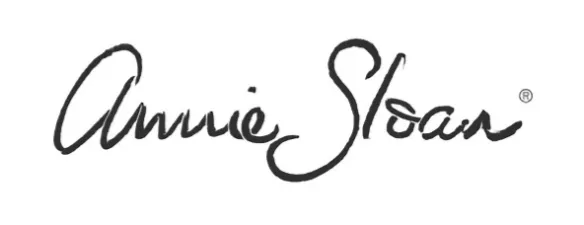


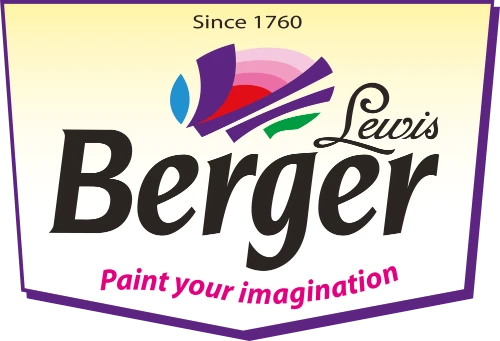


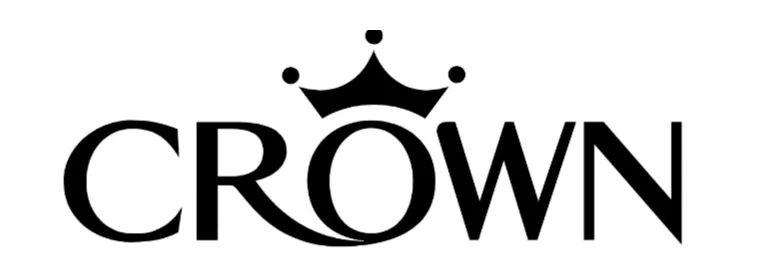

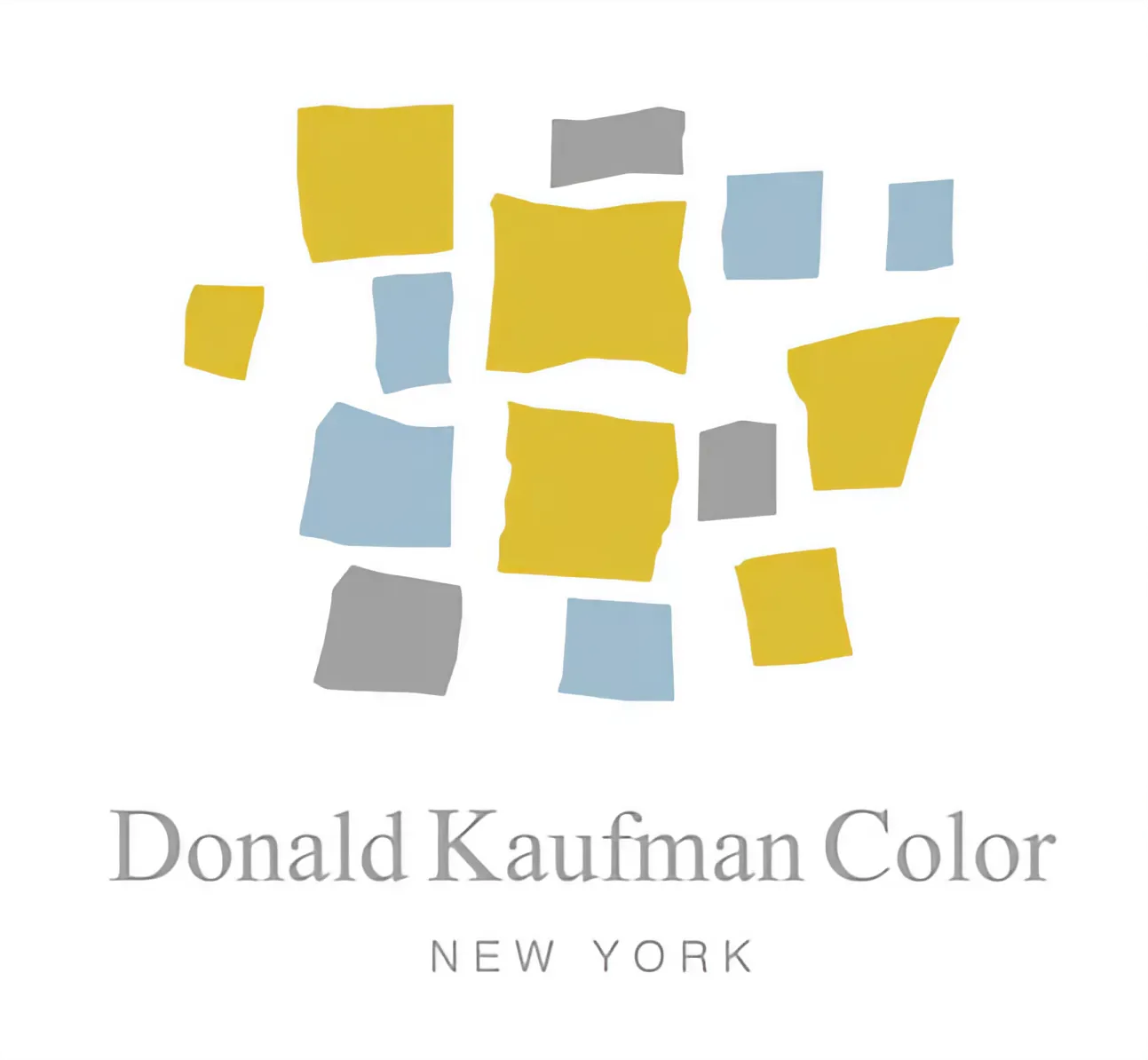
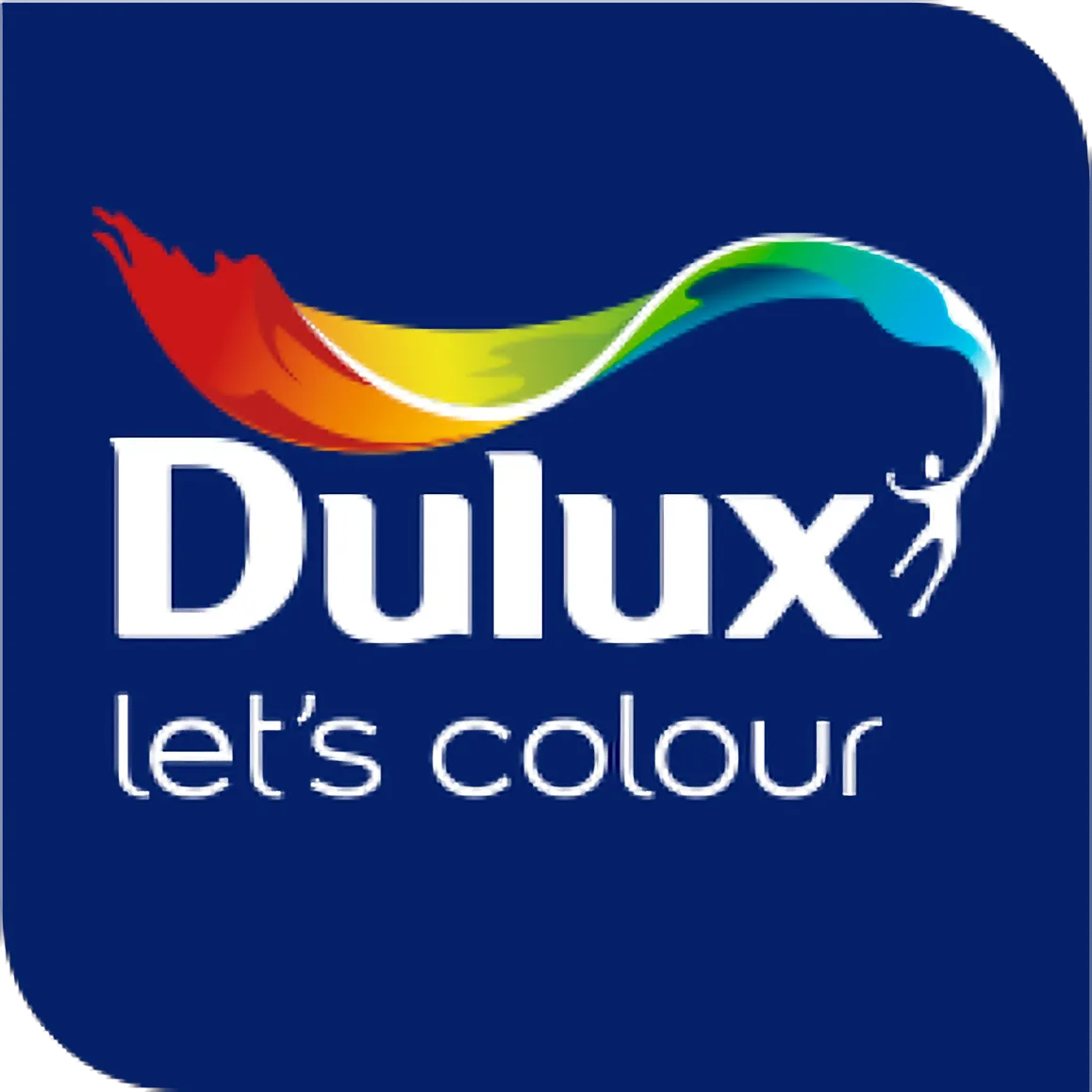


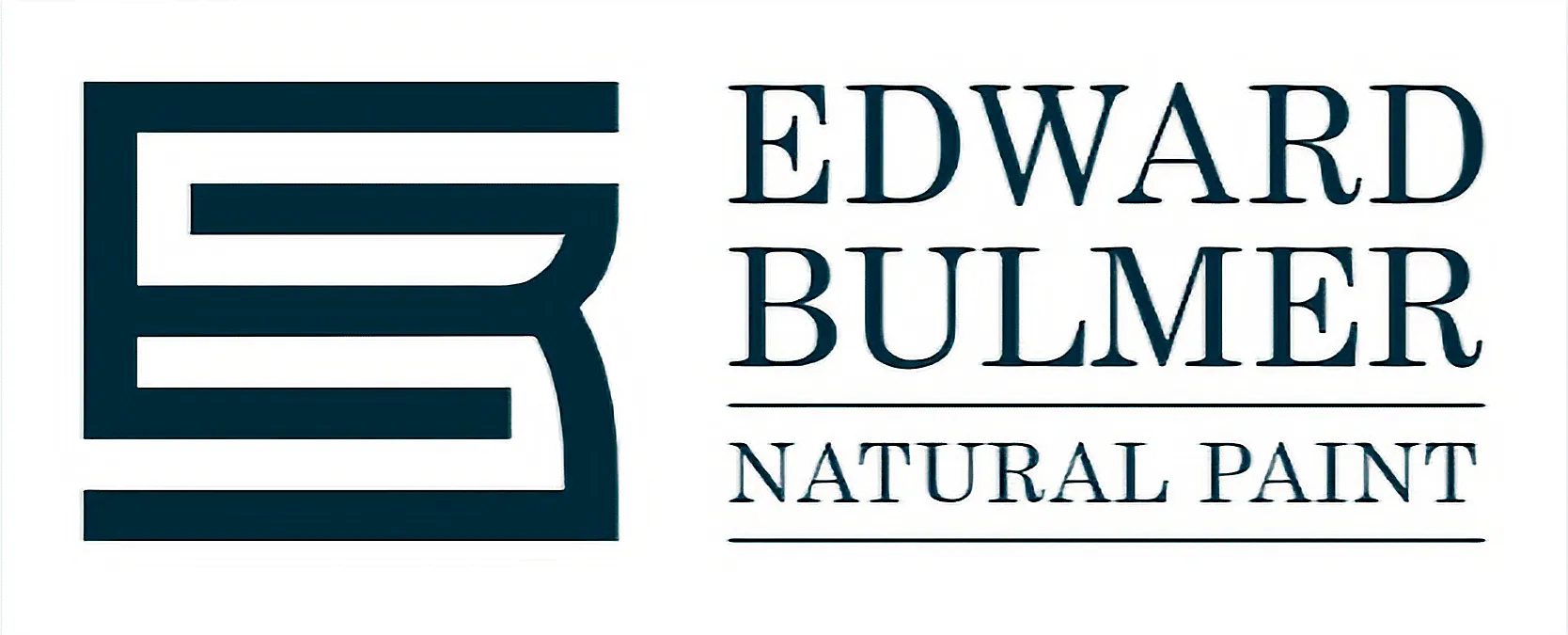
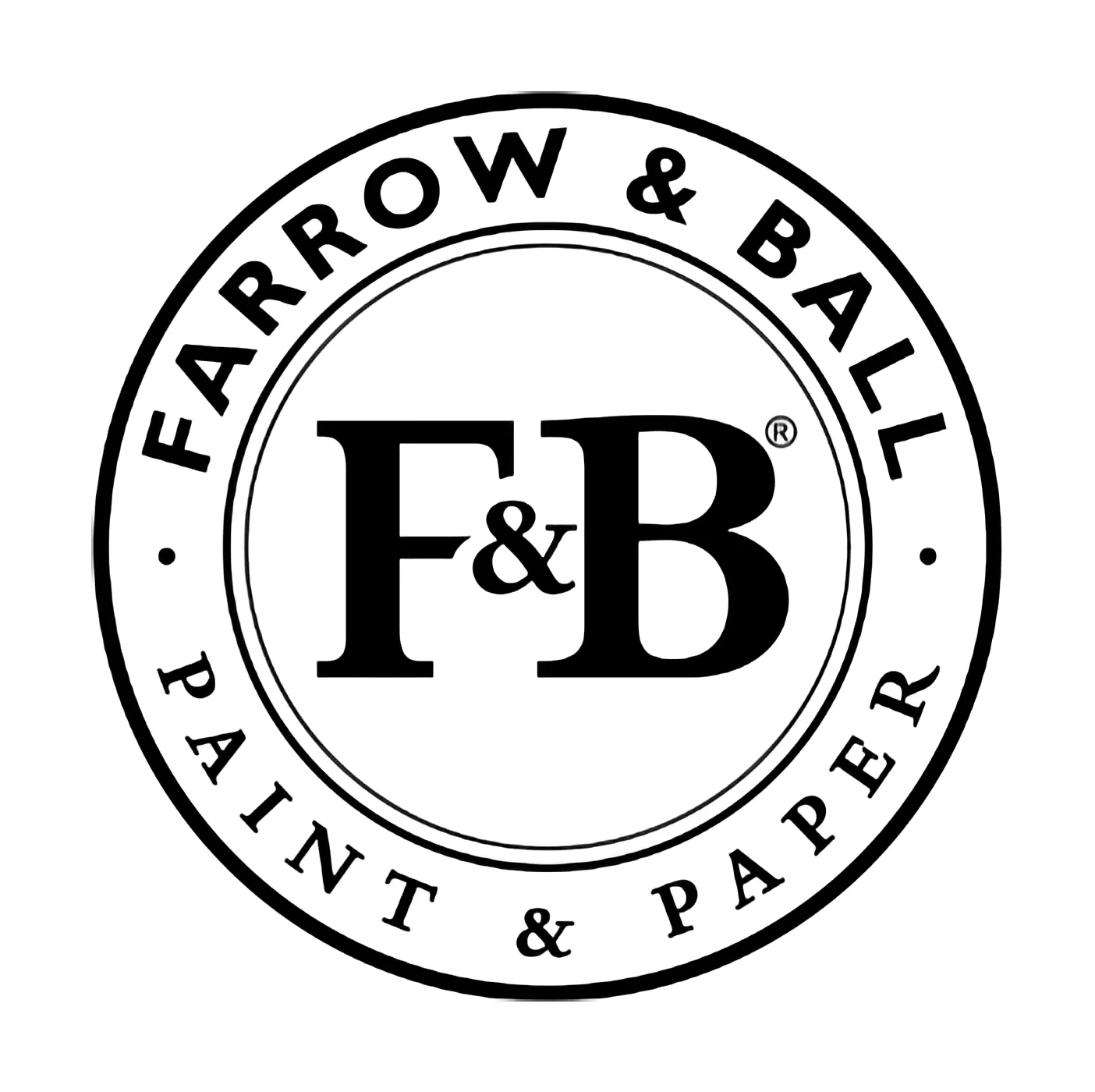


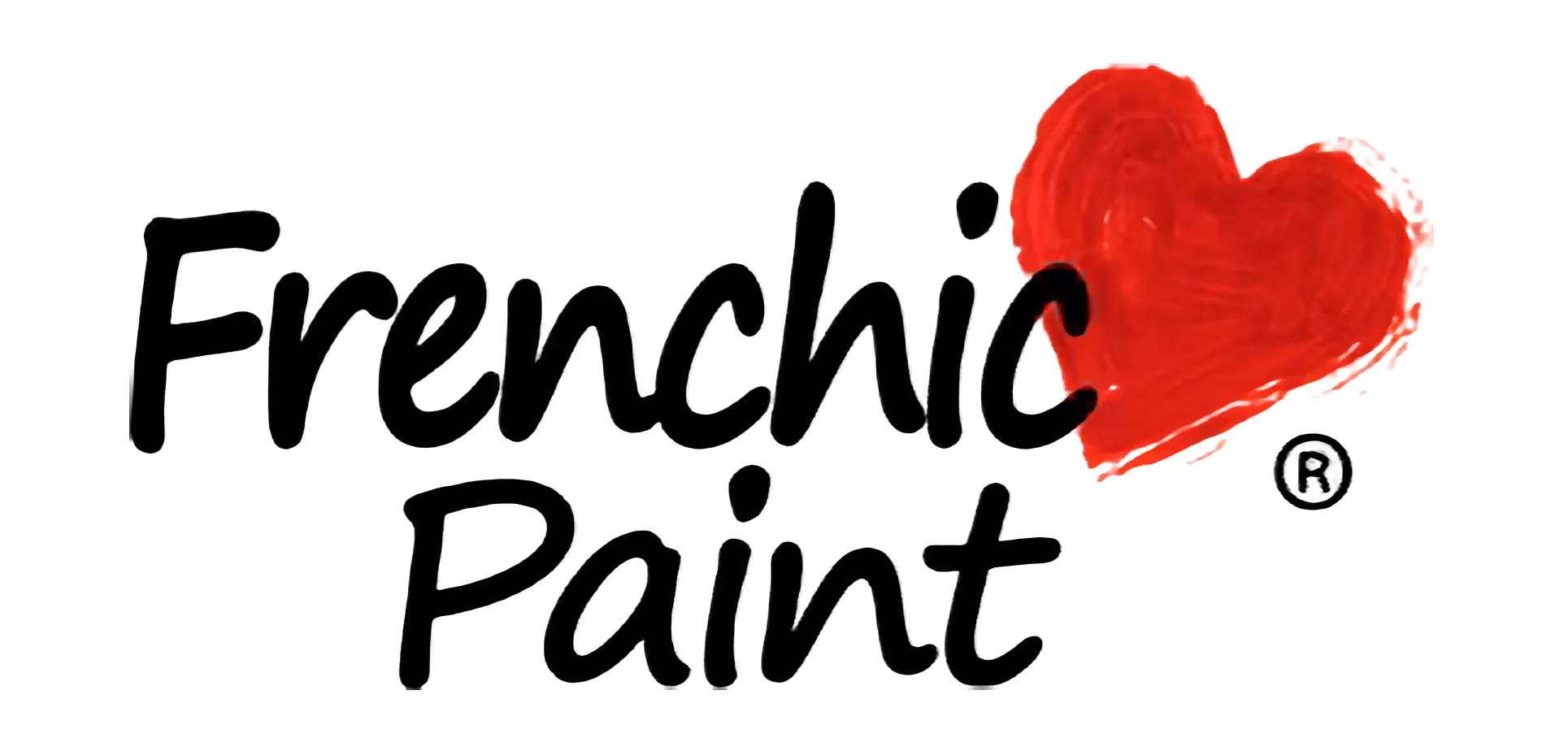

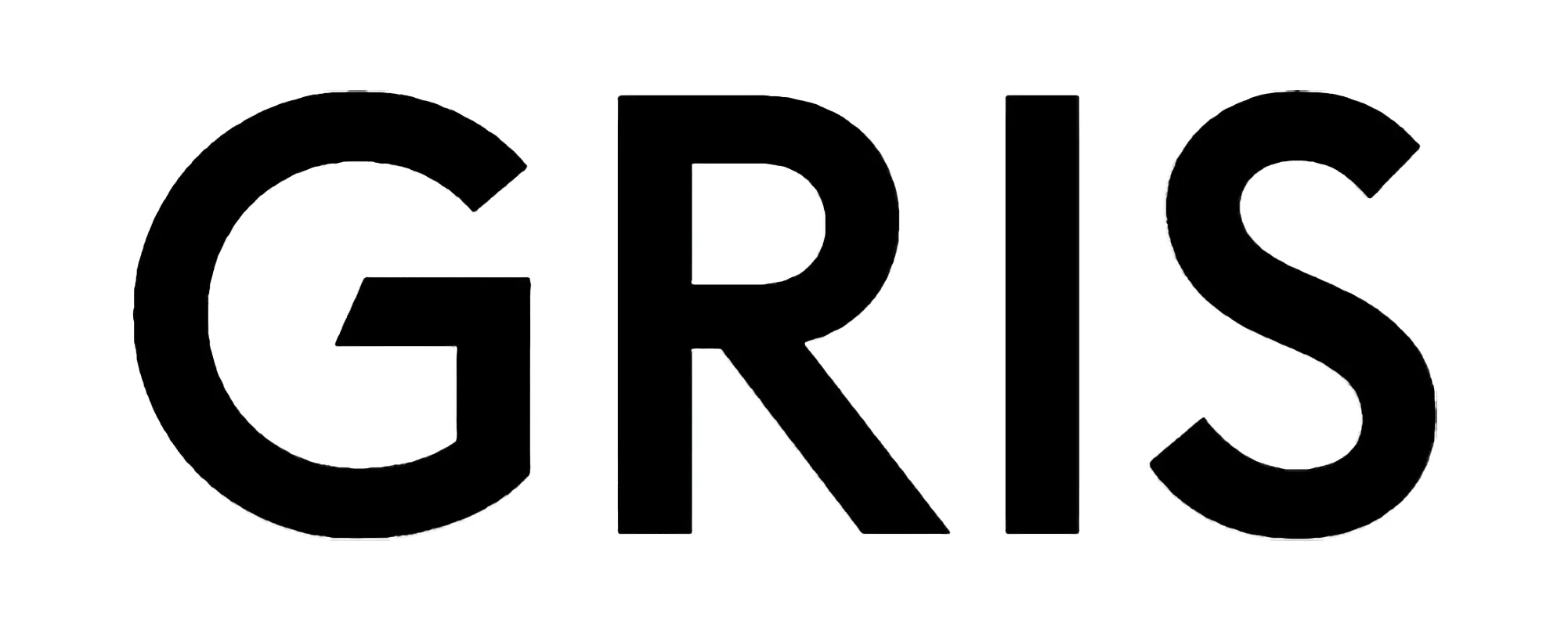
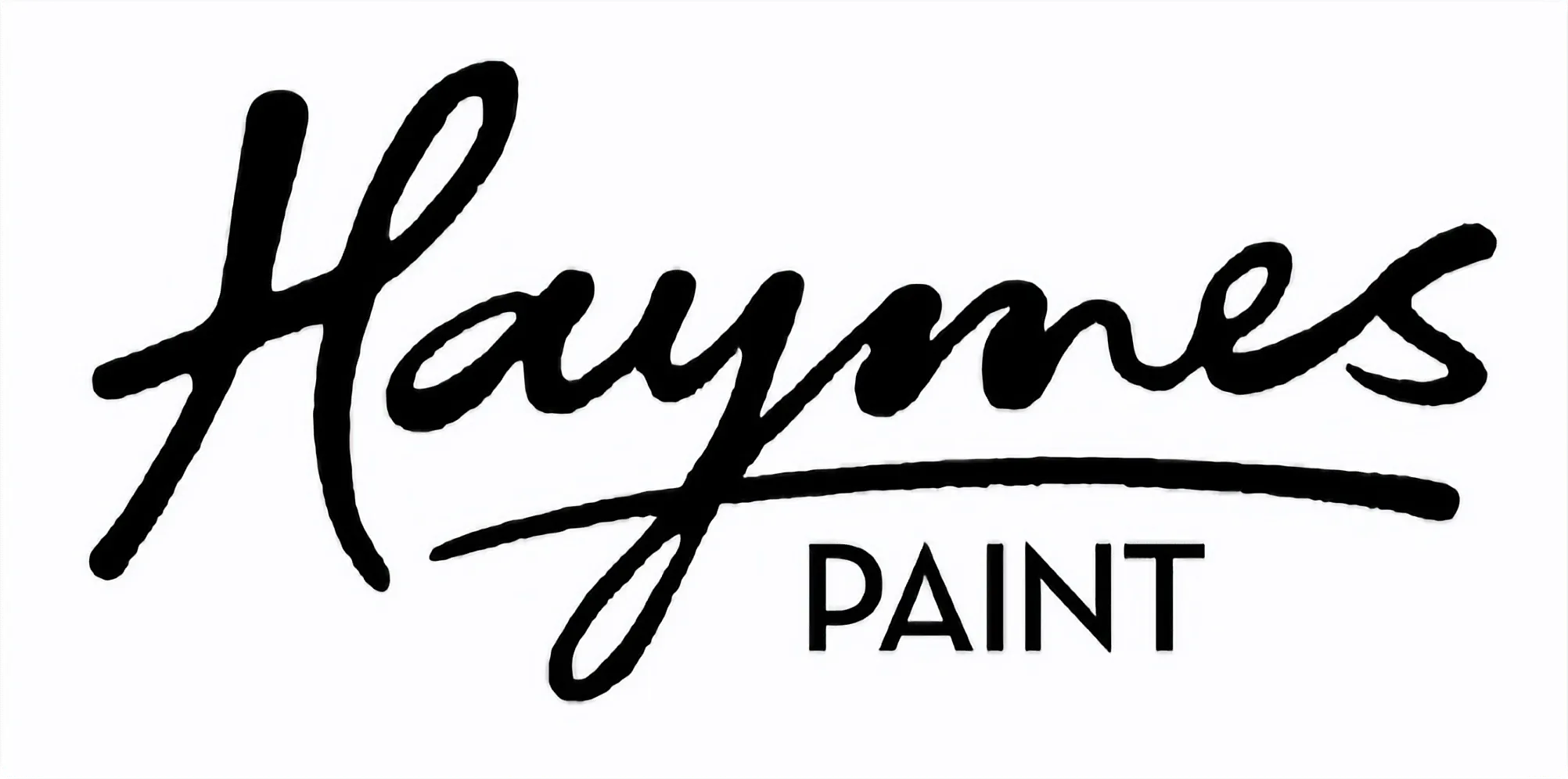
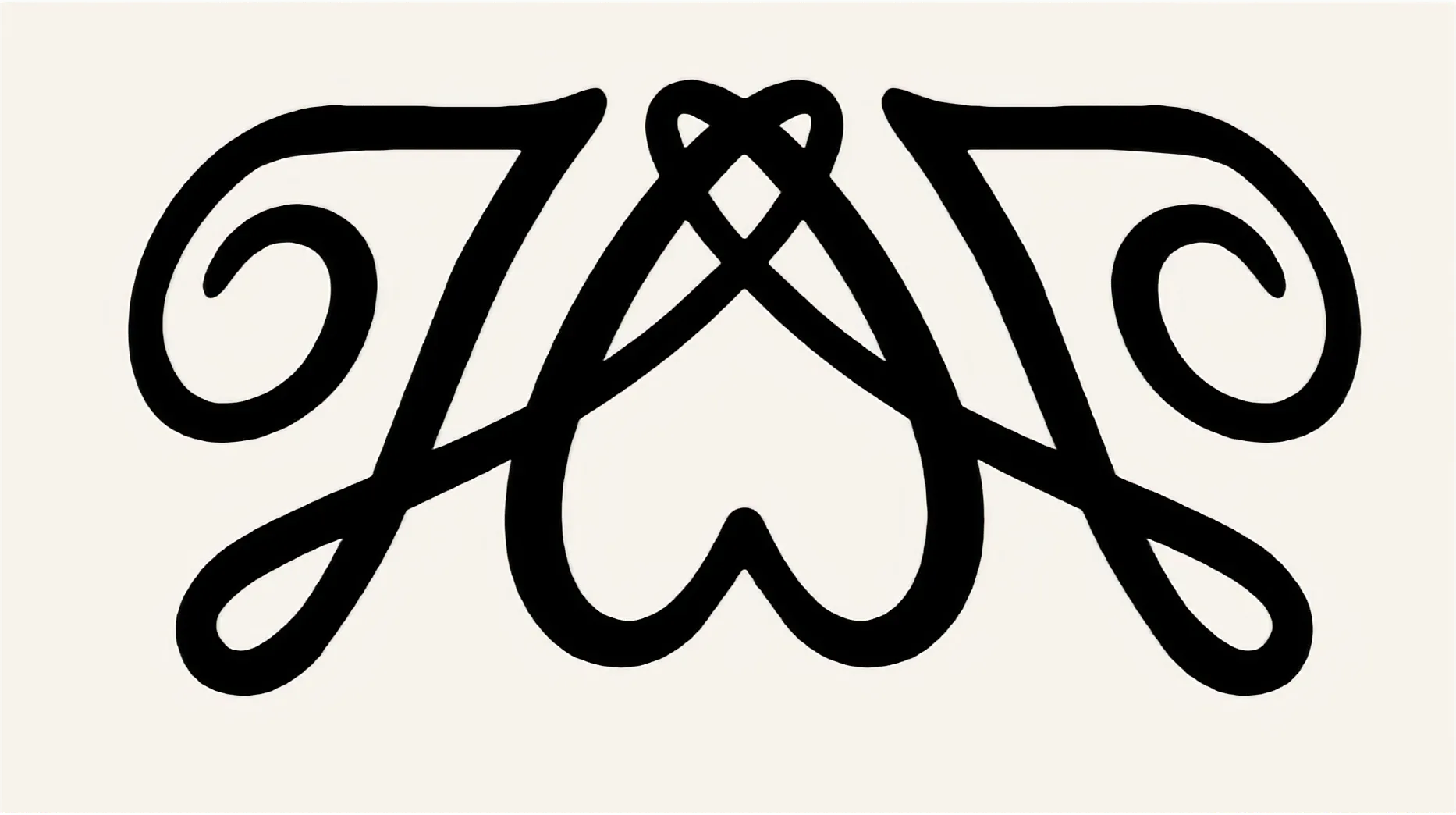
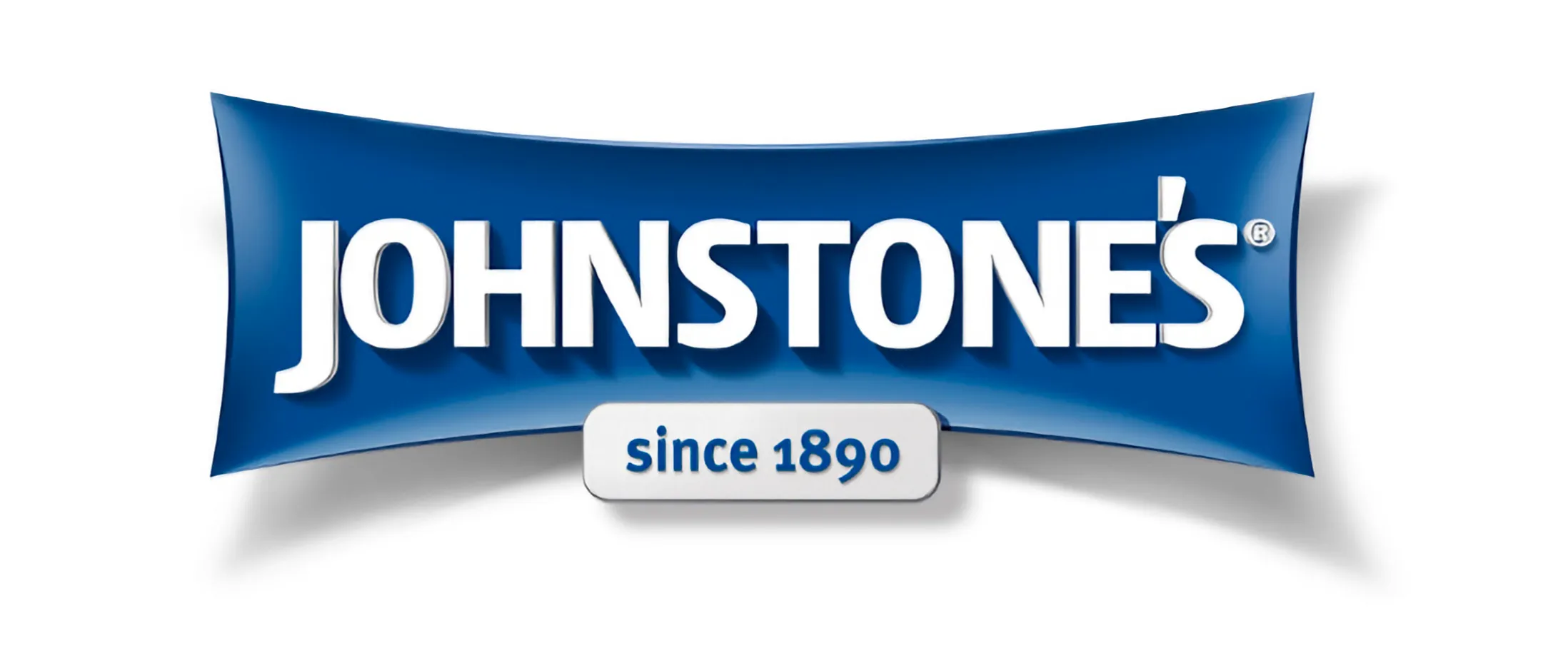

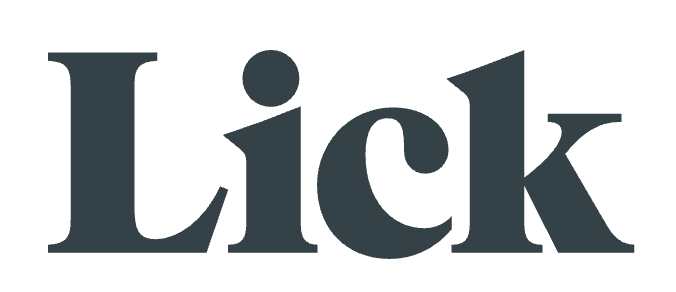



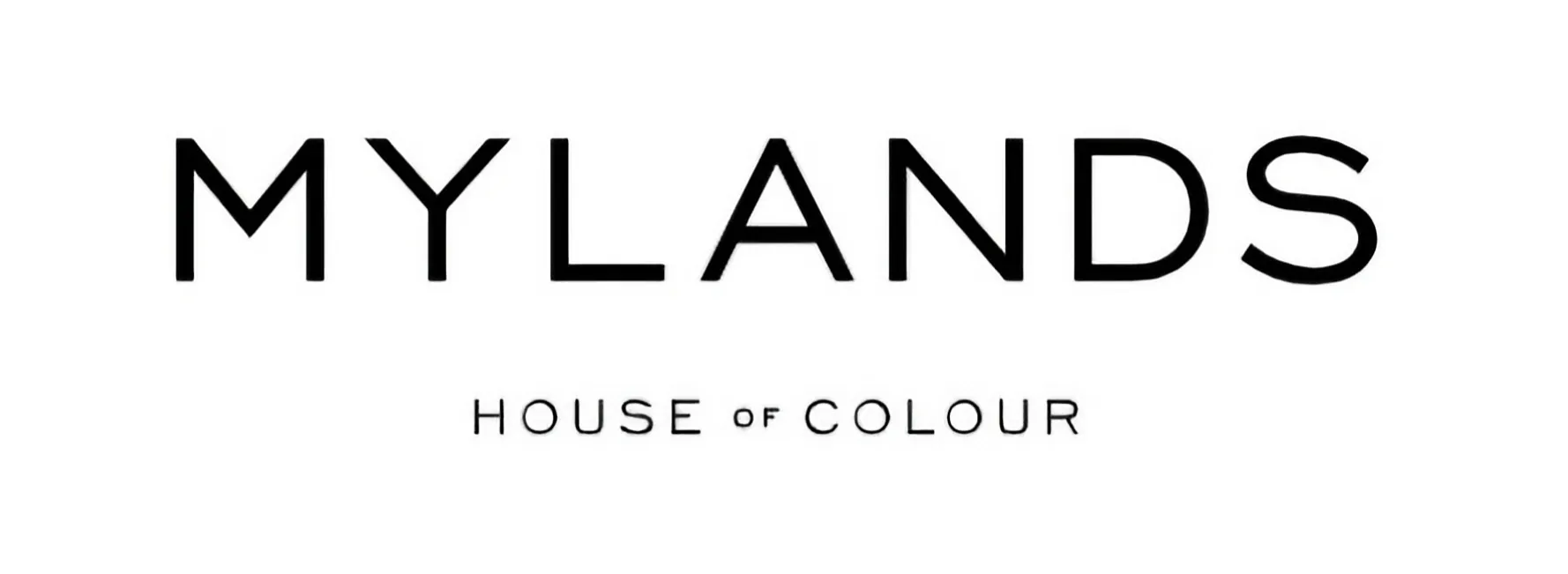
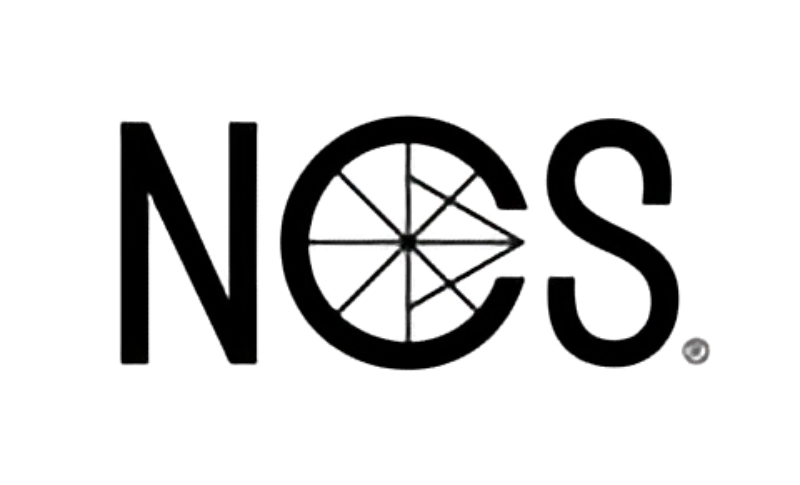
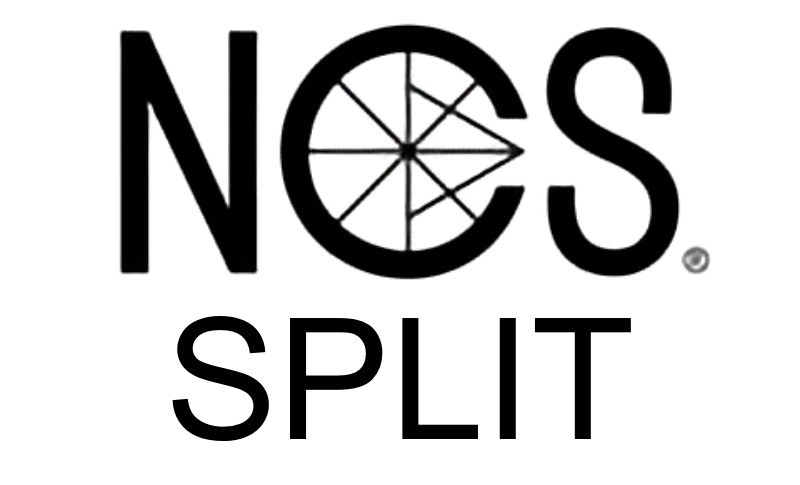


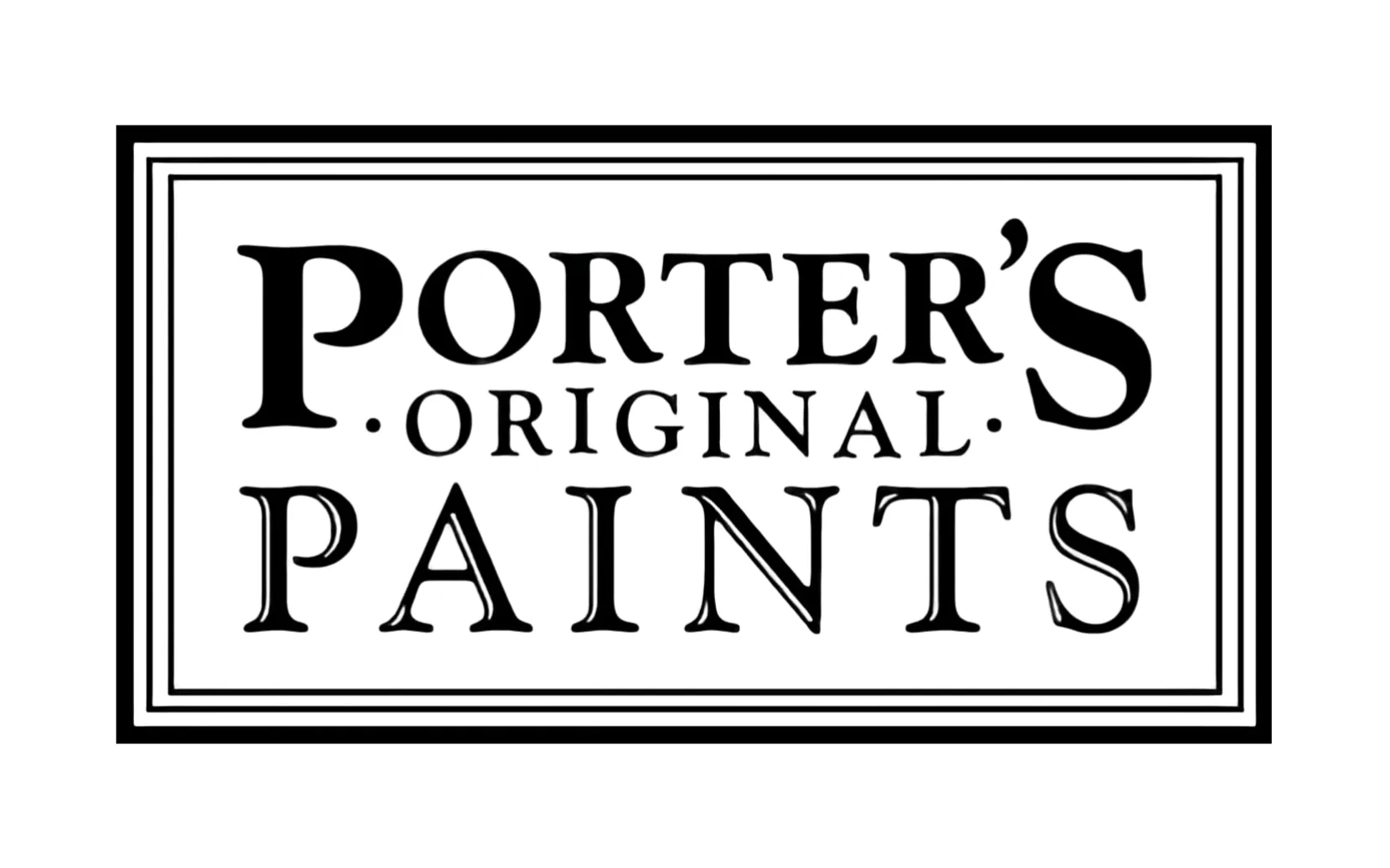

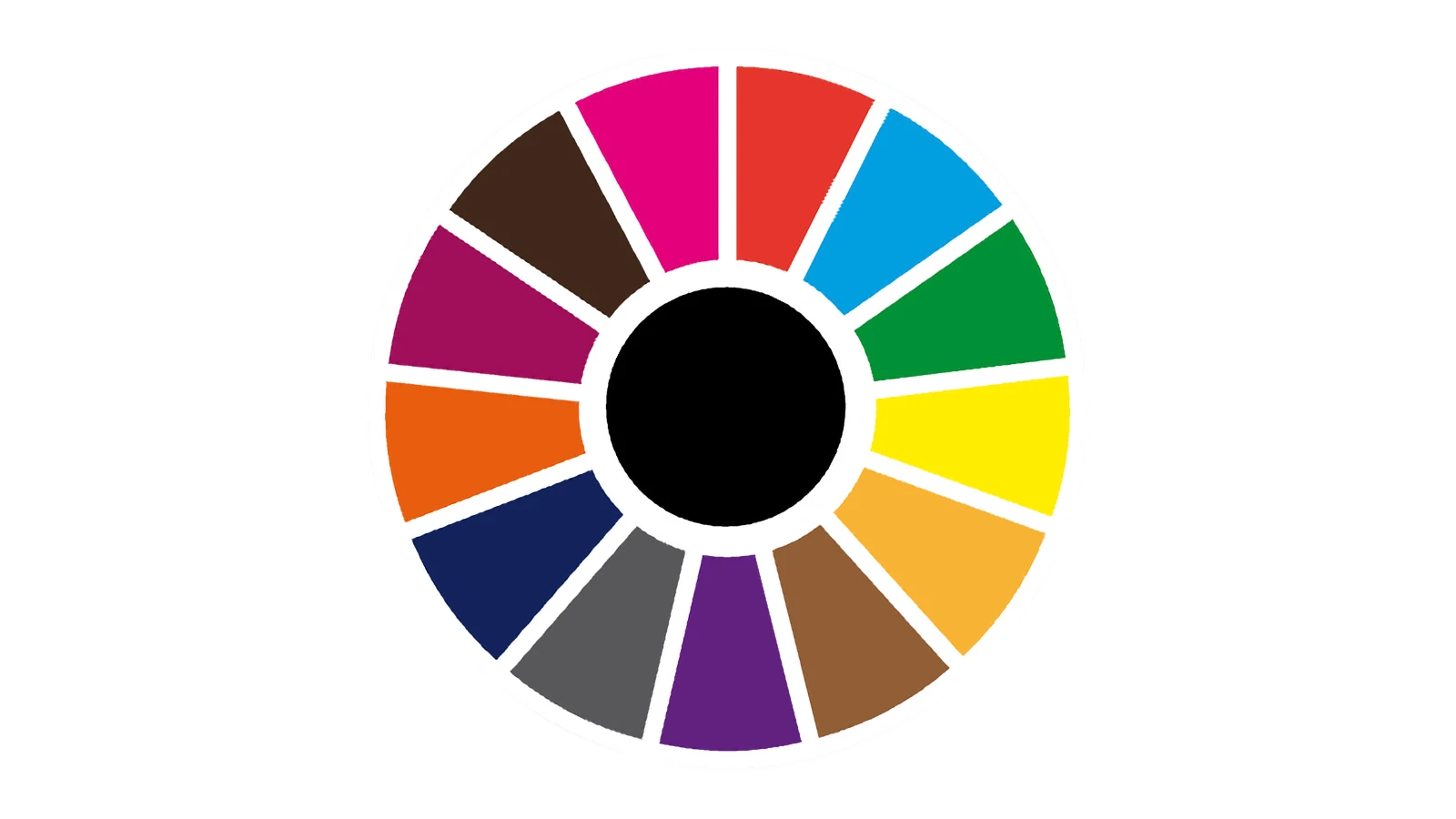
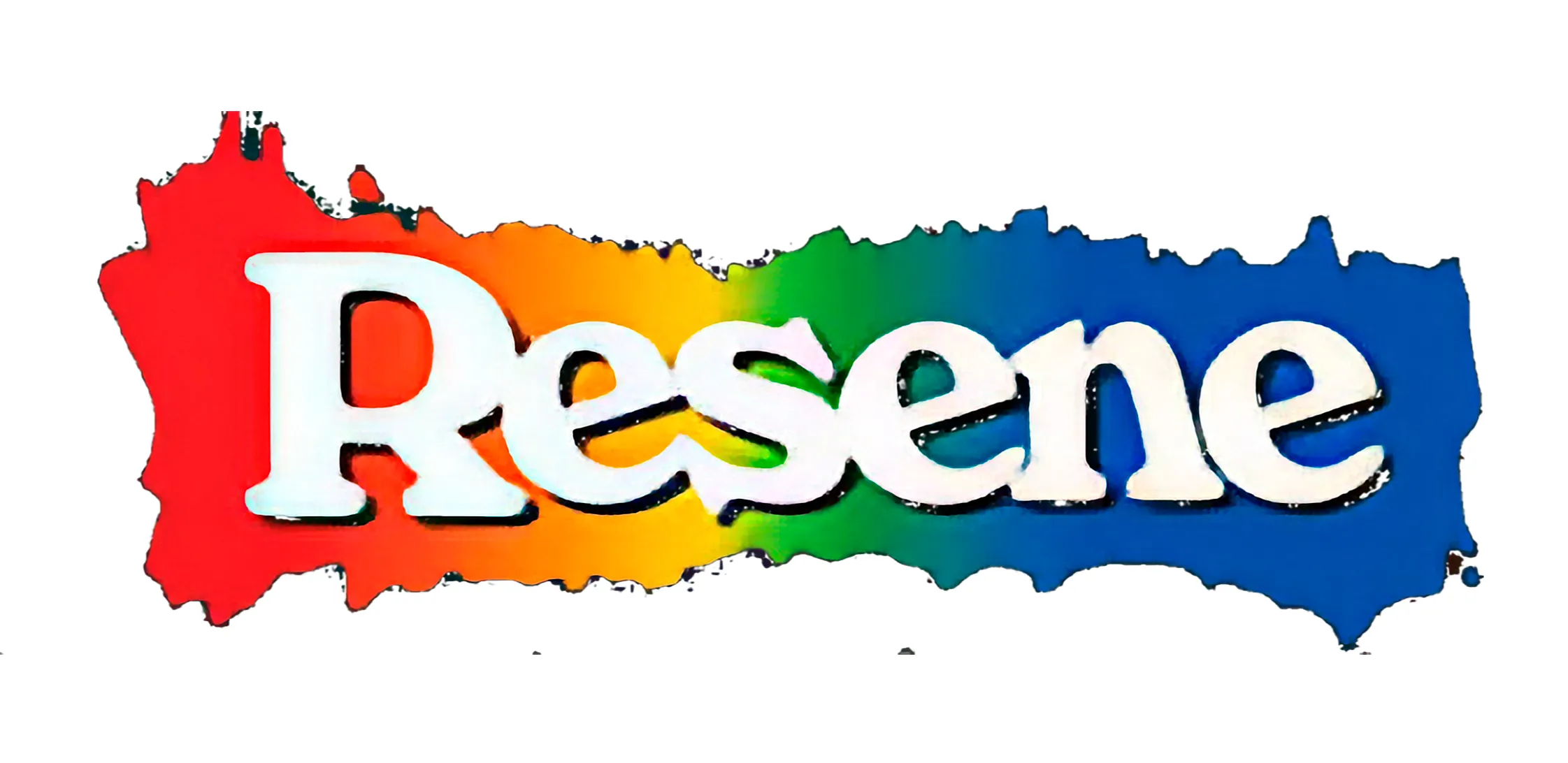





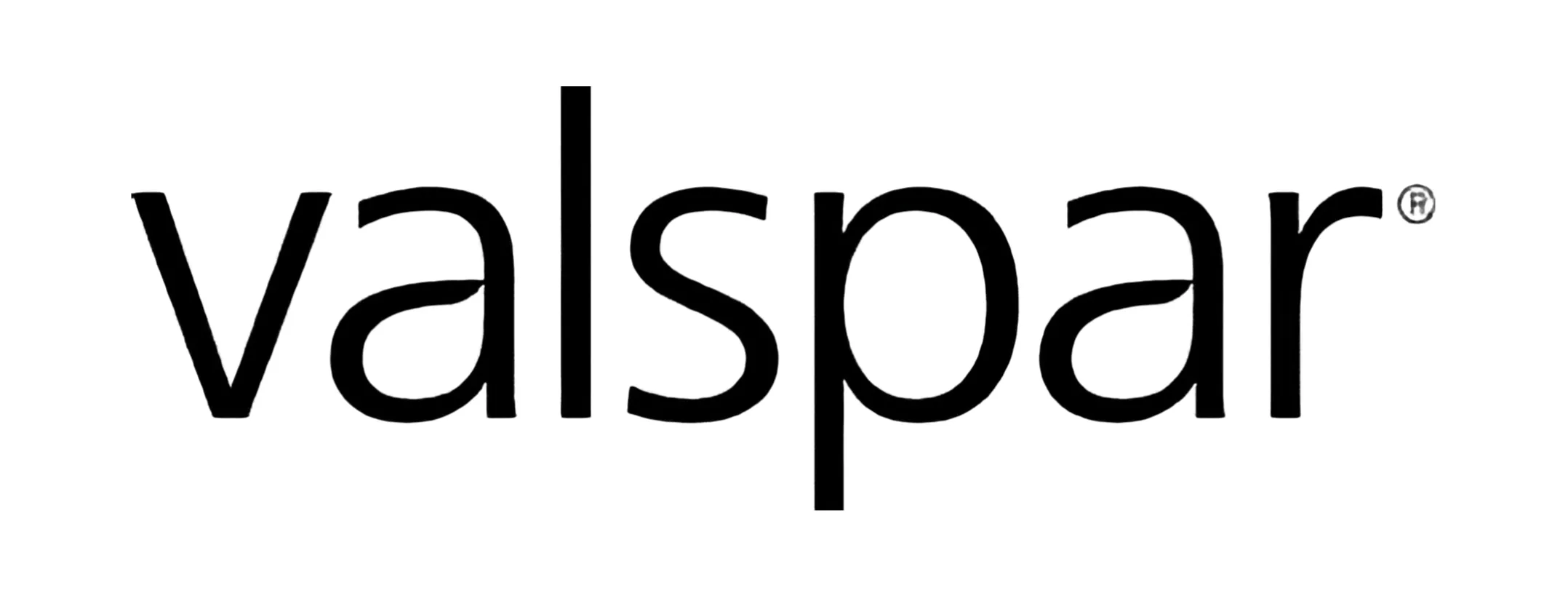
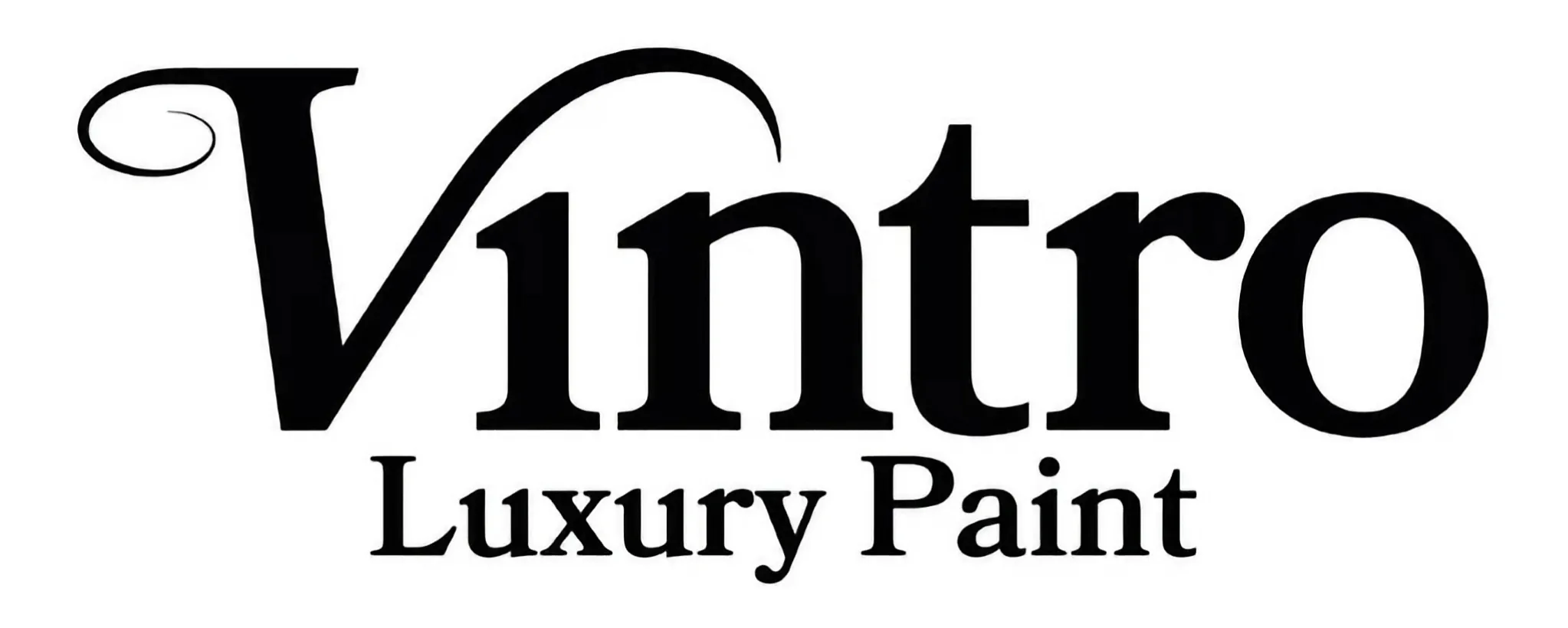



















































Stay Updated
Get industry insights, feature updates, and growth tips delivered to your inbox.
© 2025 PaintQuote Pro. All rights reserved.
Payments securely processed by Stripe


